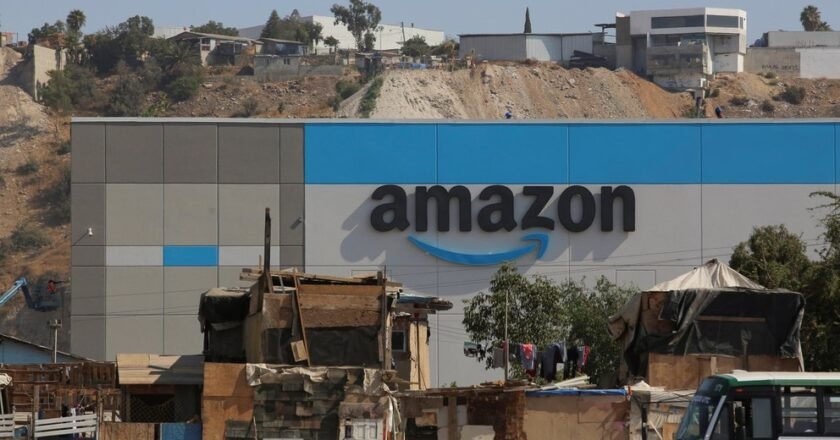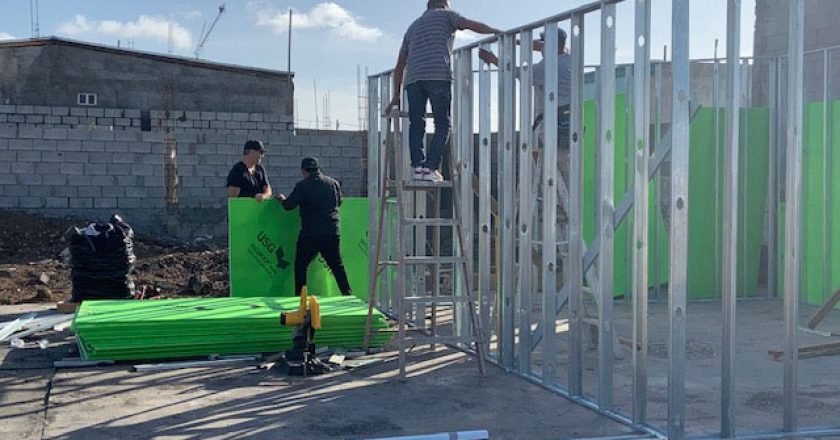So, as you may have heard, Amazon has built a 344,000 square foot warehouse distribution center in the heart of …


So, as you may have heard, Amazon has built a 344,000 square foot warehouse distribution center in the heart of …

Baja is deep into its annual fire season, and as in every year in recent history, brave firefighters are in …

Voting materials from the United States have already started appearing in your mailboxes. If you have not already done so, …

There has been a lot in the news lately about junk food sales in Mexico. Earlier this month, Oaxaca’s Congress …

Many (5.7 million) US citizens live outside the United States, and 2.6 million of them can legally vote. In Mexico …

When Mexico declared a “public health emergency” in March, all non-essential activities were suspended through May. Then June. Now, perhaps …

In my travels I have never experienced a community so involved in helping one another old/young, native/foreigner, human/animal…as Rosarito, and …

The Heart of Baja annual 1000 Dolls and Balls toy drive has started! 1000 dolls, balls, and other toys are …

In October, fires ran rampant through areas of northern Baja. Several areas of Rosarito were hit hard. This article will …

There is a new social club coming to Rosarito and Ensenada. Many of you may already qualify for membership even …